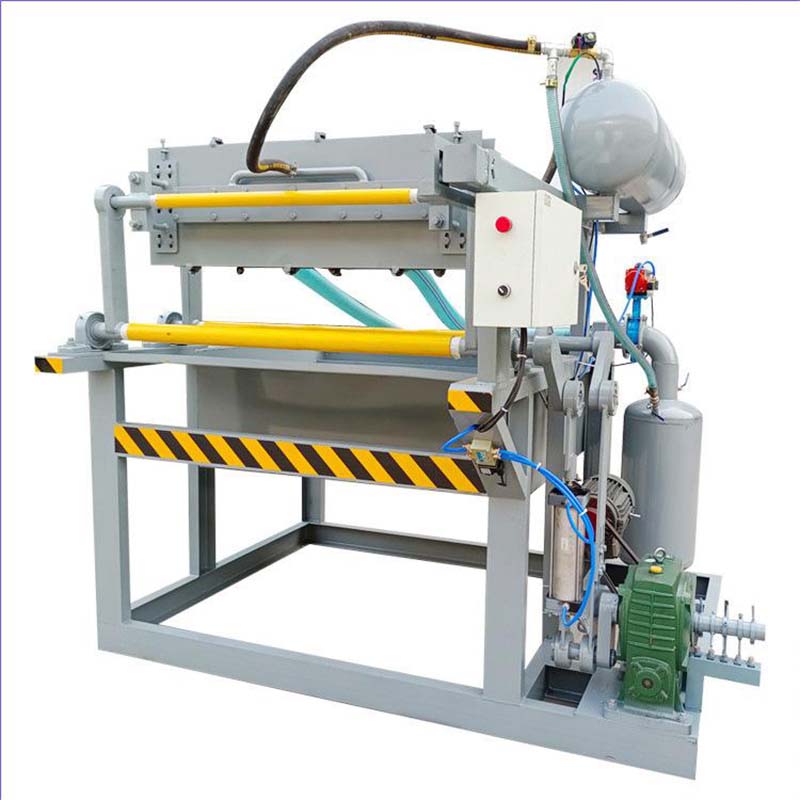Efficient Hammer Mill Solutions for High-Quality Cattle Feed Production
Sep . 29, 2024 01:29 Back to list
Efficient Hammer Mill Solutions for High-Quality Cattle Feed Production
The Importance of Hammer Mills in Cattle Feed Production
In the realm of livestock farming, providing high-quality feed is one of the most critical factors influencing the health and productivity of cattle. Among various feed processing equipment, the hammer mill stands out as an essential tool for producing cattle feed. This article delves into the significance of hammer mills in cattle feed production, exploring their benefits, functionality, and impact on livestock nutrition.
Understanding Hammer Mills
A hammer mill is a type of crusher that utilizes high-speed rotating hammers to reduce the size of materials. In the context of cattle feed production, hammer mills are primarily used to grind grains, such as corn, barley, and wheat, as well as other feed ingredients like dried forages and supplements. The end product is a fine powder or meal that can be easily mixed with other feed components, ensuring a consistent and homogeneous final product.
Benefits of Using Hammer Mills
1. Increased Feed Efficiency Hammer mills can produce finely ground feed, which enhances the digestibility of nutrients for cattle. Smaller particle sizes facilitate better mixing and absorption in the animal's digestive tract, promoting optimal nutritional uptake. This can lead to improved weight gain, milk production, and overall health.
2. Versatility Hammer mills are highly versatile and can process a wide variety of materials. This allows farmers to utilize different types of feed ingredients according to availability and cost-effectiveness. Whether it's grains, oilseeds, or roughage, hammer mills can handle them all, making them a crucial asset in feed production.
3. Cost-Effectiveness By enabling farmers to produce their own feed in-house, hammer mills can significantly reduce feed costs. Purchasing pre-made feeds can be expensive, especially for large-scale operations. By grinding feed ingredients themselves, farmers can save money and control the quality of the feed they provide to their cattle.
hammer mill for cattle feed

4. Improved Storage and Handling Ground feed takes up less space compared to whole grains, making it easier to store and handle. This compactness is particularly beneficial for larger operations where space might be at a premium. Additionally, finely ground feed can be more uniformly mixed, reducing the risk of nutrient segregation during storage.
How Hammer Mills Work
The hammer mill operates through a straightforward but efficient mechanism. When feed ingredients are introduced into the mill, they pass through a screen where the hammer blades strike them repeatedly. The force of the hammers crushes the material into smaller particles. The size of the particles can be adjusted by changing the screen size, allowing farmers to tailor the feed to the specific needs of their cattle.
The ability to adjust particle size is crucial, as different cattle breeds and developmental stages may require varying textures of feed. For example, calves may benefit from coarser feed, whereas lactating cows may require finer feed for optimal digestion and nutrient absorption.
The Role of Hammer Mills in Sustainable Farming
In addition to improving cattle health and productivity, hammer mills contribute to more sustainable farming practices. By enabling the utilization of various agricultural by-products—such as crop residues or leftover grains—farmers can reduce waste while producing high-quality feed. This not only benefits the environment by minimizing waste but also enhances the cost-effectiveness of the farming operation.
Conclusion
Hammer mills play a pivotal role in cattle feed production, offering numerous benefits that enhance livestock nutrition, improve feed efficiency, and reduce costs. By utilizing this technology, farmers can produce high-quality, customized feed that meets the specific needs of their cattle, ultimately leading to healthier animals and more productive farms. As the agricultural landscape continues to evolve, the significance of hammer mills in sustainable livestock farming will only grow, making them an indispensable part of modern cattle feed production. By investing in such equipment, farmers can ensure they are well-equipped to meet the demands of the industry and promote the well-being of their livestock for years to come.
-
High Performance Exhaust Fan – Efficient Ventilation Solutions for Home
NewsJun.10,2025
-
High-Quality Gestation Pen for Sows Durable Mobile Pig Pen & Simple Pig Pen Solutions
NewsJun.10,2025
-
High Quality Rabbit Cage Double Tier Designs & Welded Wire Mesh Supplier
NewsJun.10,2025
-
Floating Fish Feed Machine - High Efficiency Floating Fish Feed Extruder for Small Scale Production
NewsJun.10,2025
-
Premium Poultry Housing Solutions Mobile & Commercial Free Range Options
NewsJun.10,2025
-
Industrial FRP Fans Corrosion-Resistant Blades & Centrifugal Systems
NewsJun.09,2025






